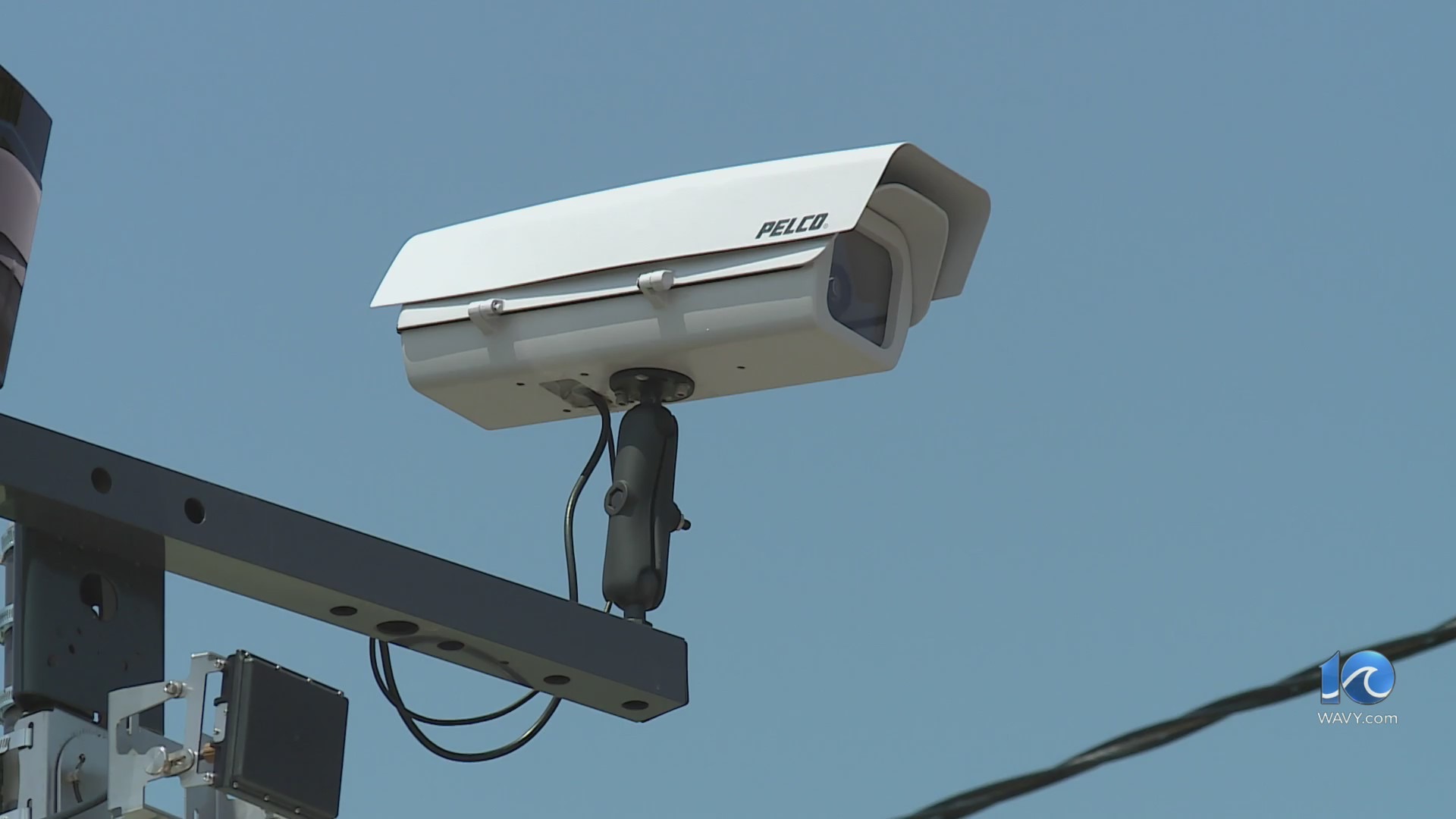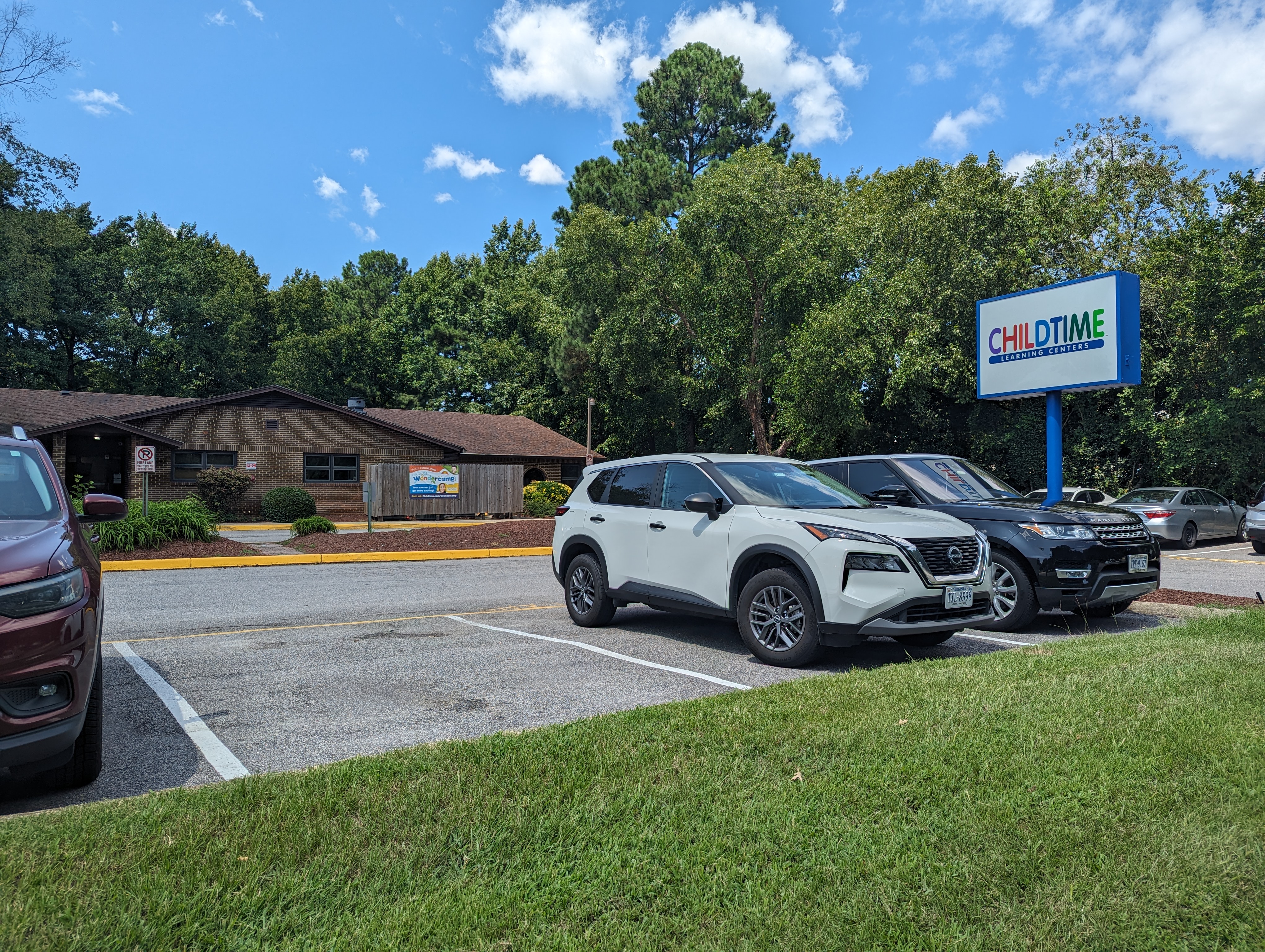NAPLES, Fla. (AP) — When an emergency happens in Collier County, Florida, the 911 calls go to one of the most high-tech communications centers in the U.S., where callers can sent text and video from the scene to dispatchers.
Moving to what’s known as an NG911 — or Next Generation 911 — system is a journey Sheriff Kevin Rambosk and Bob Finney, the county’s director of communication, have been on for much of the past decade.
It’s a long way from Feb. 16, 1968, when Alabama’s then-House Speaker Rankin Fite made the nation’s very first 911 call in Haleyville, Alabama, on a bright red, rotary-style landline telephone. That ceremonial call came just 35 days after AT&T announced plans to use 911 as a nationwide emergency number.
Today, most calls to 911 originate with cellphones, with dispatchers in upgraded centers using geo tracking to get accurate geographic locations from callers.
But the response time in an emergency depends on the type of technology being used at any of the 6,000 emergency communications centers in the U.S. that receive 911 calls. There is no uniform emergency system in the U.S., so individual cities, counties, states or geographic regions are responsible for operating their own 911 call centers.
While some states have fully updated to NG911 systems, others are still using legacy 911 systems that rely on antiquated equipment.
“We’re just reminded in these last two weeks, with the flooding in Texas, just how important the work of 911 is,” said Michael Martin, CEO of RapidSOS, which provides infrastructure that passes critical data to emergency centers across the United States.
The future is now for 911
The Collier County Sheriff’s Office covers 911 calls from an area of about 2,030 square miles (5,258 square kilometers) that stretches from sandy beaches at the southernmost tip of the Gulf Coast on Florida’s peninsula inland to the Everglades.
It’s a region that has been ravaged by hurricanes this century, including Hurricane Irma in 2017 and Hurricanes Ian and Milton most recently.
That’s why Sheriff Rambosk wanted a high-tech emergency operations center.
“We just believe that when we can reduce the response time using technology, it will improve safety and survivability of those calling in,” said Rambosk, who has been sheriff since 2009. “And that’s really what we’re all about, keeping people safe and rescuing them when they need it.”
Today 61 full-time employees and three part-timers staff two emergency operations centers around the clock.
They rely on data that RapidSOS collects from connected buildings, devices, vehicles and even smart watches to send first responders to emergency scenes. The baseline data is provide free of charge to all 911 centers, Martin said.
Mixing technology with emergency response
As Hurricane Helene was tracking toward north Florida last September, forecasters were predicting it could hit Tallahassee as a major Category 3 storm. Officials in Leon County, which serves the state’s Capitol and nearby counties on legacy 911 equipment, reached out to Collier County, some 430 miles (692 kilometers) to the southeast, to see if they could take over emergency calls if the storm knocked their center out.
Helene moved to the east of Tallahassee, but Collier County was prepared to help if needed.
“Because of the partnership with Rapid SOS, they were able to create a map to where not only did we see our own calls, but we could see exactly where the calls were coming in Tallahassee,” Finney said.
Collier County has also partnered with Charleston, South Carolina, as a backup 911 center. Each region is fully prepared to take on 911 calls for the other in case their emergency system goes down for any reason.
It’s a similar story in North Carolina, where legislation in 2017 helped establish funding for a next generation 911 system, said Pokey Harris, who serves as president of the National Association of State 911 Administrators and executive director of the North Carolina 911 Board.
Harris said Hurricane Helene provided validation for the upgraded system by being able to direct 911 calls from areas that were devastated by the storm to other parts of North Carolina that were not affected.
“During Helene, if a citizen could reach a dial tone, even though their local 911 center may have been impacted because of infrastructure devastation, another center somewhere in the state could answer their call,” Harris said.
No federal funding
for next-generation systems
Next Generation 911 systems aren’t cheap.
“There has been no federal funding for 911,” Martin, of RapidSOS said. “It has been in various draft formats as long as I’ve been doing this and it’s never gotten through Congress.”
There is also no federal oversight of 911, he said.
“It’s really quite remarkable how well 911 works despite those challenges,” Martin said. “I think it’s a testament to the people of 911, not the technology.”






